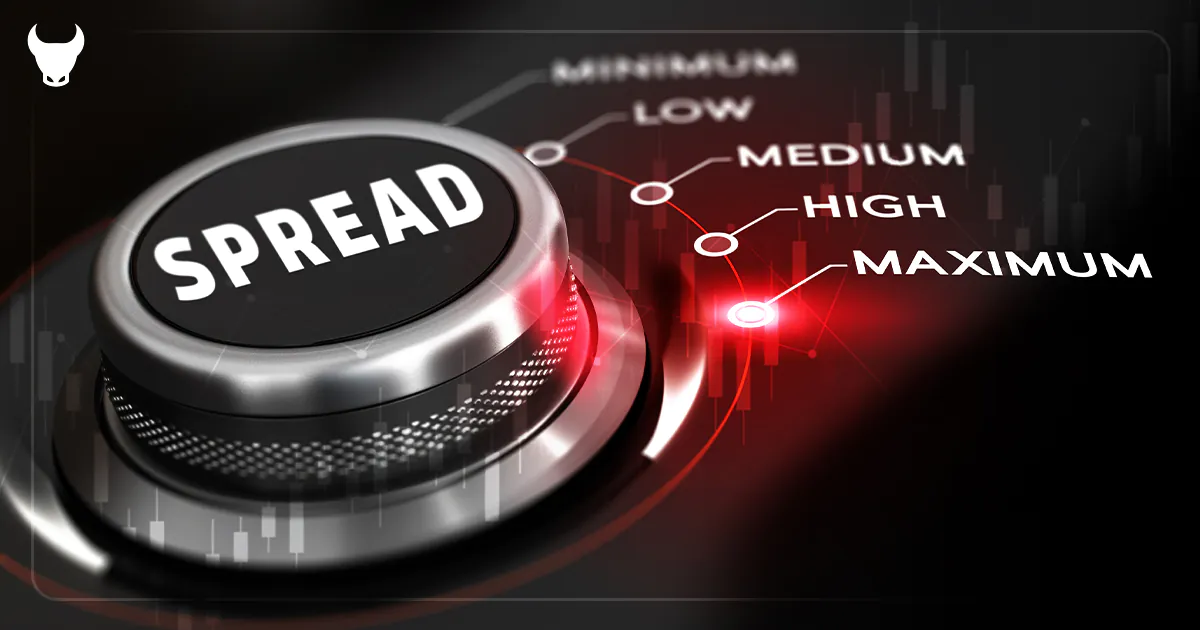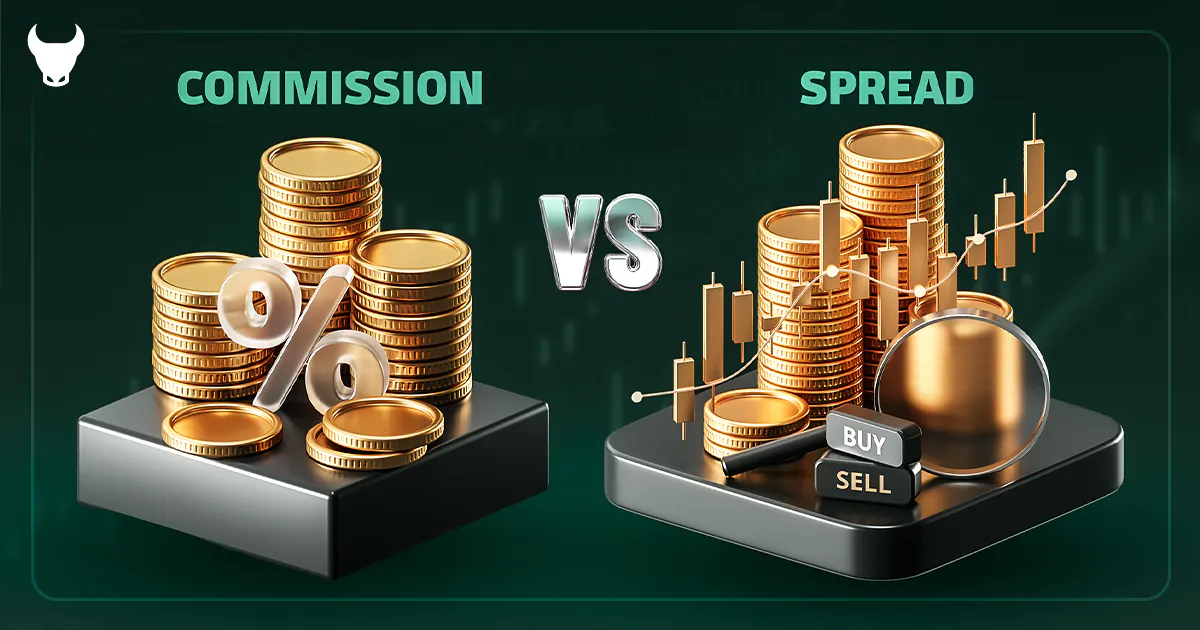Financial markets, including the forex market, provide different features to their users so that they can earn money in various ways while being attracted to these markets. PAMM account and service is one of these tools or services that some brokers, such as the reputed Trendo broker, provide to their users. In the PAMM account, investors and traders cooperate securely with initial agreements on the broker platform . In the PAMM account, the trader or account manager’s trades are copied and executed in the investors’ account . A PAMM account is a type of investment fund for investors and managed by traders.
What is a PAMM account?
PAMM account is an abbreviation of “Percentage allocation management module.” PAMM account is a partnership between professional traders with sufficient skills and knowledge in the financial market and investors who do not have enough experience, knowledge, or time to trade. Instead of trading by themselves, investors use the trades of this account and earn profit by investing and connecting to a PAMM account manager or a professional trader’s account in the platform provided by the broker per specific rules.
How does a PAMM account work?
As mentioned, the PAMM account is a partnership between a professional trader (PAMM account manager) and investors on the broker platform with specific rules.
Trader or PAMM account manager
Users with high trading skills create a PAMM account in the broker to attract capital and start PAMM account management. The trader must first deposit a certain amount. This amount is tradable, and you can withdraw the profits. This amount is deposited due to the incentive to observe capital management and caution in the PAMM account manager’s trades.
After depositing a specific amount, the account manager can set a proposed plan and terms of cooperation, including the trade fee for investors on the safe broker platform. The account manager or trader receives a certain percentage of profit from the trades closed with profit as a fee from the investors’ account. However, the account manager will not gain anything if the deals close with a loss. Receiving the PAMM account manager’s fee may vary, meaning that the trader or PAMM account manager can decide the fee amount in various ways. For example, people with more capital usually pay a lower fee to the PAMM account manager or trader.
Also, the account manager can attract more interested people by providing helpful explanations to users on various topics such as trading strategy, capital management methods, activity duration as a trader and trading results, etc.
PAMM account investors
Users who do not want to do trades themselves for reasons such as lack of skills, time, knowledge, or experience, etc., but like to earn money from financial markets such as forex, can invest in PAMM accounts. Investors can check the conditions, including the fee and resume of PAMM accounts, and invest in the safe space provided by the broker. Also, these users can invest in various PAMM accounts with different amounts. Meaning these investors can cooperate with several PAMM account traders at the same time.Investors should pay attention to the terms of cooperation with traders and the PAMM account management, as well as to the trading strategy and capital management by traders when choosing a PAMM account. And not only consider trading results because choosing high-risk PAMM accounts puts investors’ capital at risk.Investors can withdraw their profit or capital whenever they want. Users should note that only investors can do so in the broker’s platform, and the account manager cannot withdraw from the investor’s account.
Brokers
Brokers provide a safe platform for the partnership between investors and traders in the PAMM account and create a space for communication between PAMM account managers and investors.In this space, investors choose the right PAMM account manager by analyzing the PAMM accounts of traders in terms of profit and loss, the PAMM account longevity, the number of investors, etc.
Traders and investors should be careful when choosing a broker for the PAMM account because if there is a problem when executing trades on the PAMM account, it will result in losses for both parties. Among the common issues of brokers in providing PAMM account services is Low speed in performing trades of sub-group accounts, trade activation with delay and at a different price for traders and sub-group accounts, non-activation of deals during high market fluctuations, etc.
In this case, traders and investors can choose the Trendo broker PAMM account without worries about the speed and security of trading and experience the unique joy of trading partnerships.
PAMM account advantages
- This account is made for those with no time or ability to trade in the forex market. It is also very suitable for people who have trading skills but do not have enough capital.
- In the long term, it brings good profit to the investor and the account manager.
- In Trendo Broker, investors can compare PAMM account managers.
- It is also possible to diversify the account and invest in several accounts in Trendo Broker.
- In Trendo Broker, skilled traders generate good profits for investors, so they attract more investors.
- In Trendo Broker, investors can withdraw their capital from the PAMM account whenever they want.
PAMM account disadvantages
- Although this investment seems profitable, no trader’s trades are without loss, so in this case, the investor also loses.
- The trader only shares in the investor’s profit
- In case of non-compliance with capital management, there is no guarantee of investment return. (Therefore, to perform better capital management Trendo Broker asks account managers to make deposits themselves)
- Although trading with high risks can have high profit, mistakes or non-observance of capital management may cause losses and capital loss. Therefore, investors should also consider the risk and capital management methods of PAMM account managers.






